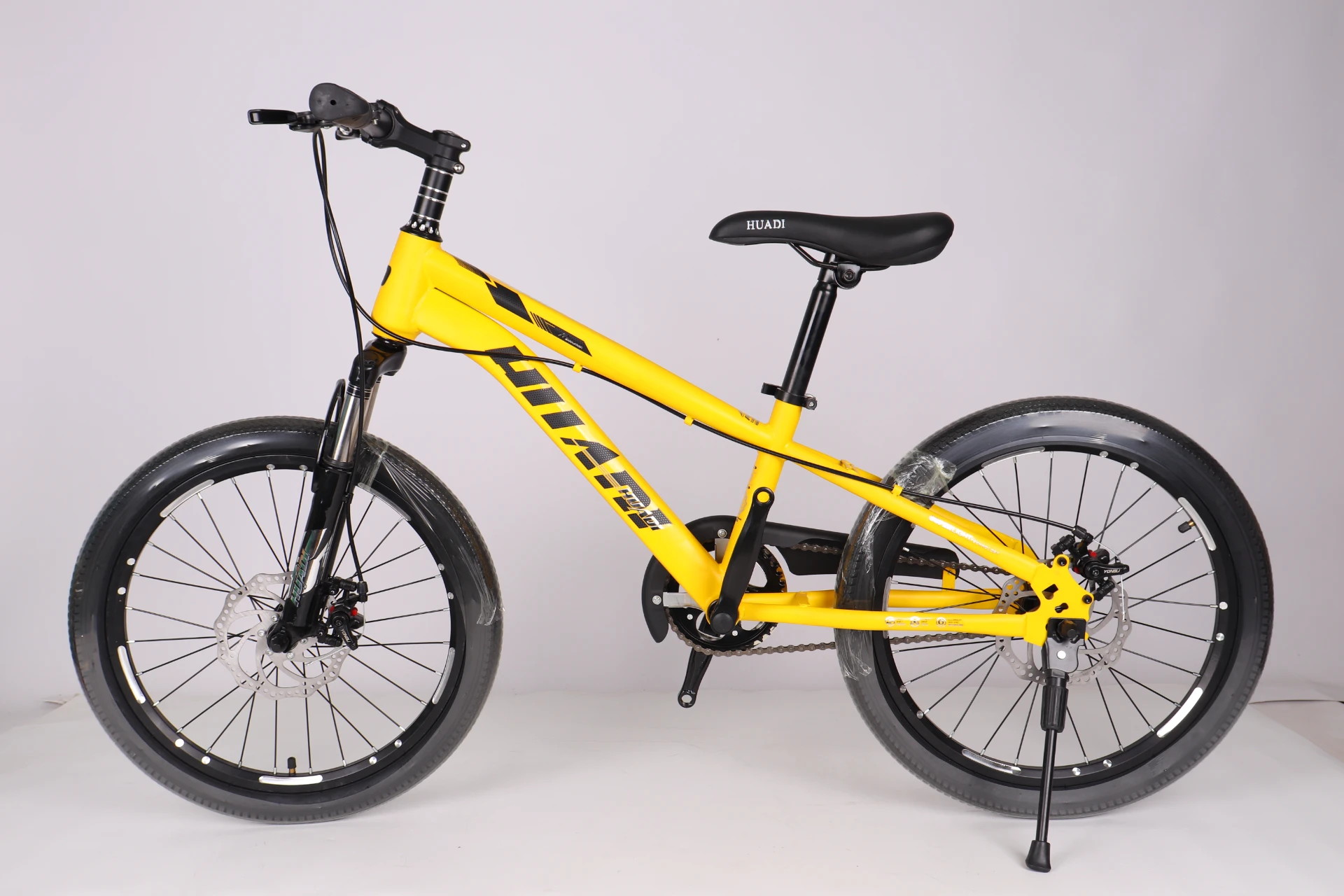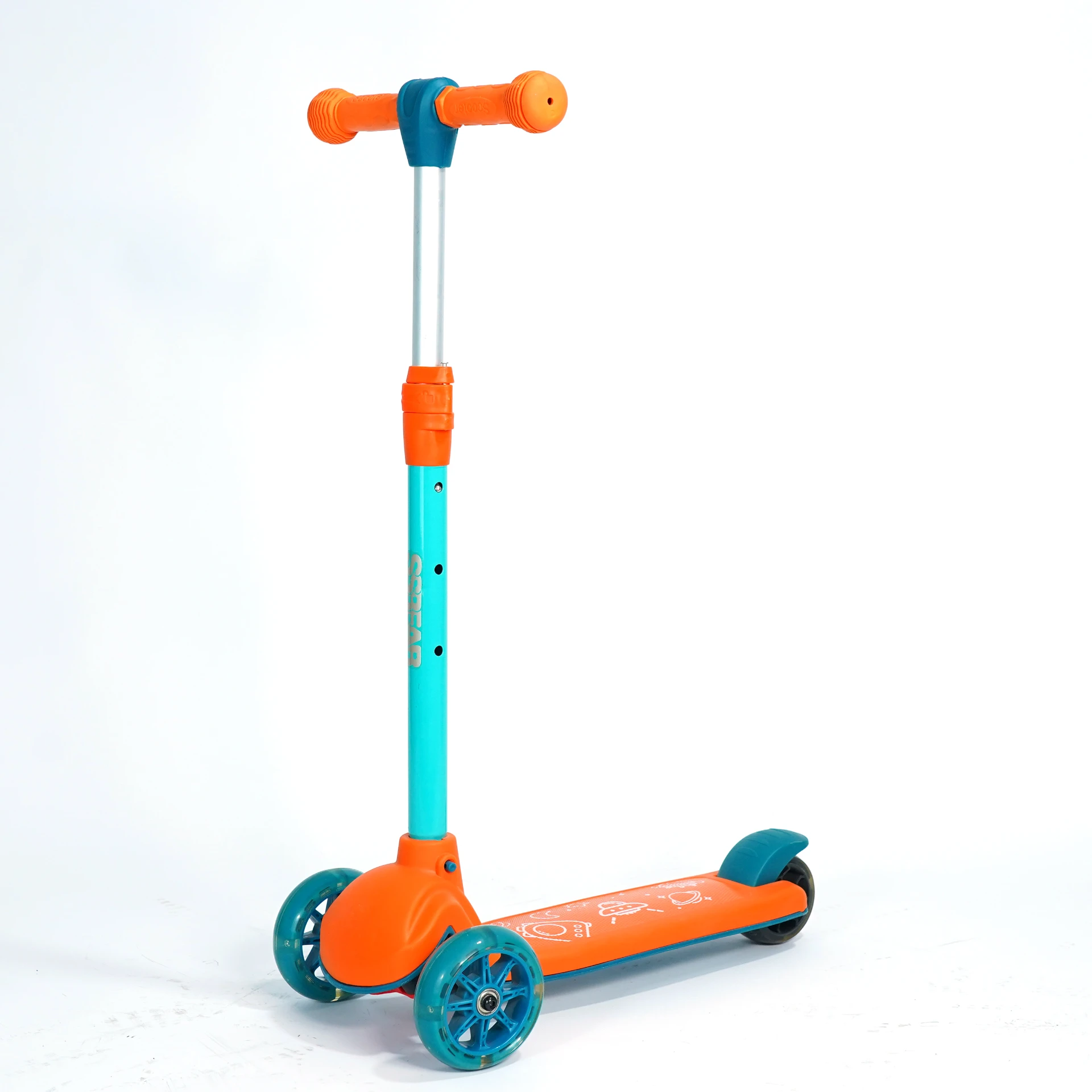Discover Quality Mountain Bikes Made in China | Innovation Meets Affordability
Why the Mountain Bike in China Matters Globally
Mountain biking has grown from a niche outdoor pastime to a booming global industry, and China’s role in this evolution is becoming impossible to ignore. When we talk about a mountain bike in China, what we’re really exploring is a space where passionate craftsmanship meets large-scale production, infused with new tech and a deepening love for adventure sports. Why does this matter? Because China stands as both a colossal manufacturer and an emerging market for mountain bikes that can rival those built anywhere else in the world.
Global trends point toward rising participation in adventure sports, with mountain biking leading the pack. According to the International Mountain Bicycling Association, participation has grown over 20% in recent years, showing no signs of slowing. With China’s rapidly expanding middle class and increased urbanization, demand for quality, affordable mountain bikes has skyrocketed. The benefit of understanding this market lies in grasping how supply chains, innovation, and environmental awareness come together to shape the next generation of riders worldwide.
Mini takeaway: The mountain bike industry in China is not simply about bike manufacturing; it’s a global game-changer influencing trends, affordability, and accessibility.
Global Context: A Closer Look at Mountain Bike Manufacturing in China
To really appreciate the significance of mountain bikes made in China, we need to zoom out a bit. The sports equipment and outdoor gear market is expected to reach over $260 billion worldwide by 2027 (Statista), and in this vast figure, mountain bikes form a valuable slice. China, as the “world’s factory,” accounts for approximately 65–70% of global bicycle production. This includes everything from entry-level models to high-end, carbon-fiber-bolstered racing rigs.
But here’s the catch: What sets Chinese mountain bikes apart isn’t just volume but their improving quality and innovation. The industry faces challenges such as sustainable production, material sourcing, and logistics pressures — especially with fluctuating trade policies and supply chain disruptions. Overcoming these hurdles is critical not only for manufacturers but for retailers and end-users across Europe, North America, and increasingly, Asia itself.
Mini takeaway: China plays a pivotal role globally, balancing massive production capabilities with advancing quality standards to meet a discerning, worldwide customer base.
What Exactly Is a Mountain Bike in China?
In simple terms, a mountain bike in China refers to any bicycle designed mainly for off-road cycling that is manufactured or assembled within China. These bikes typically feature robust frames, suspension systems, knobby tires, and gearing adapted for rough terrain. But beyond the product itself, "mountain bike in China" signifies a growing industrial sector focused on optimizing design, affordability, and accessibility — reflecting China’s strategy to shift from traditional manufacturing toward higher-value, innovation-driven exports.
This connection stretches into the humanitarian and environmental spheres. For example, rugged, reliable mountain bikes are often used in rural healthcare delivery and access projects in remote Chinese provinces, proving these machines aren’t just sports toys but practical tools in “real world” applications.
Mini takeaway: Mountain bikes from China blend sport, technology, and social impact, reflecting an evolving landscape beyond just consumer goods.
Core Features Driving China’s Mountain Bike Industry
Durability and Material Innovation
The terrain isn’t forgiving, so mountain bikes must be tough. Chinese manufacturers invest heavily in materials like aluminum alloys and carbon fiber composites — sometimes sourced domestically and sometimes imported — balancing strength with weight savings. Some factories are now experimenting with graphene-enhanced components, a really exciting development for improved shock absorption and durability.
Advanced Suspension Systems
Shock absorbers and suspension forks have evolved from basic steel springs to sophisticated air-based or hydraulic designs. Top brands in China offer models featuring 100-150mm travel on front suspension, with full-suspension bikes offering rear shocks for ultimate control. This tech is often adapted from research and OEM collaborations across Europe and Asia.
Cost Efficiency through Scale
Thanks to vast economies of scale, Chinese manufacturers produce mountain bikes at a fraction of the cost compared to many western brands, while still maintaining decent quality. This balance helps new riders gain access to sport-grade equipment without breaking the bank.
Customization and Modular Design
Brands increasingly offer customizable builds suited for different skill levels and terrains — from beginner-friendly hardtails to professional-grade downhill machines. Modular frame designs allow easy swapping of components, appealing to both cyclists and retailers alike.
Environmental Responsibility
The industry is also slowly embracing greener practices — using water-based paints, reducing waste in forging processes, and experimenting with recycled materials for bike parts. It’s a step-by-step effort, but certainly something to watch.
Mini takeaway: The rise of the mountain bike in China rides on innovation, scalability, affordability, and a growing commitment to sustainability.
Product Specification Table: Typical Mid-Range Chinese Mountain Bike
| Specification | Description |
|---|---|
| Frame Material | 6061 Aluminum Alloy with Water-Based Paint |
| Suspension | Front Air Suspension 120mm Travel |
| Braking System | Hydraulic Disc Brakes (Shimano) |
| Gearing | Shimano 10-Speed XT Groupset |
| Wheel Size | 27.5 Inches |
| Weight | 13.5 Kg (approx.) |
Comparing Top Chinese Mountain Bike Manufacturers
| Brand | Price Range | Quality Rating (out of 5) | Export Scope | Notable Features |
|---|---|---|---|---|
| Giant (China branch) | $600 - $2500 | 4.5 | Global | Advanced Carbon Frames, R&D Focus |
| Trinx | $300 - $900 | 4.0 | Europe, North America | Value-Oriented, Wide Model Selection |
| Forever | $250 - $700 | 3.8 | Asia, Domestic Market | Traditional Models, Affordable |
Real-World Applications of Chinese Mountain Bikes
It’s easy to think mountain bikes are only for adrenaline seekers carving trails in the Rockies or Alps, but the practical uses go well beyond that. In rural Chinese provinces, mountain bikes are a key mode of transport for healthcare workers delivering medicine to hard-to-reach villages. Industrial mining sites often rely on rugged Chinese-made mountain bikes to move workers quickly around sprawling operations. Even NGOs in Southeast Asia import these affordable yet reliable bikes to support disaster relief operations where vehicle access is restricted.
For recreational cycling hubs growing in countries like Australia, Canada, and parts of Eastern Europe, importing mountain bike in China models is a smart way to provide riders with good quality bikes at accessible cost.
Mini takeaway: Chinese mountain bikes are versatile assets used not only in sport but in healthcare, industry, and humanitarian aid — showing their broad practical value.
Advantages and Why They Matter for the End User
- Affordability: Thanks to efficient supply chains and manufacturing, users get competitive pricing for quality machines.
- Sustainability: Steps toward eco-friendly production reflect rising environmental awareness.
- Durability: Confidence in tough frames translates to better safety and longer service life.
- Customization: Riders can choose styles and specs tailored to their terrain and skill.
- Innovation: A steady feed of material and tech upgrades keeps Chinese mountain bikes competitive globally.
On a more personal note, many riders report feeling a strong sense of trust in these bikes — something you don’t get if your bike doesn’t hold up on a steep trail or rough path. Emotionally, owning a bike that carries both tradition and innovation adds a sense of pride. You aren’t just riding any bike; you’re riding a globally recognized product, often crafted with care in unexpected corners of China.
Looking Ahead: Future Trends in China’s Mountain Bike Market
What’s next? The future is bright and tech-rich. Expect the rise of digital integration such as app-controlled suspension tuning and GPS tracking becoming standard. Lightweight sustainable materials like bamboo composites are being experimented with, adding a surprising “green” angle. Also, as e-mountain bikes surge in popularity, Chinese makers are pouring investment into battery and electric motor tech to compete internationally.
Policy-wise, the government’s push on “Made in China 2025” encourages better quality and innovation, promising that mountain bike manufacturing won’t just remain a volume game but will level up considerably in sophistication.
Challenges and What the Industry Is Doing
Sure, it’s not all smooth trails. Common challenges include supply chain bottlenecks for high-quality carbon fiber, concerns over variable quality standards in smaller factories, and the environmental footprint of mass production. But here’s the thing: many manufacturers are partnering directly with foreign brands for quality audits, rigorous testing, and sustainable certifications. There’s also a rising trend toward localizing parts production, reducing dependencies, and speeding up delivery.
FAQ: Mountain Bike in China
Q1: Are mountain bikes made in China reliable for serious riders?
A1: Yes, many reputable Chinese brands offer bikes that meet international standards and are used by professionals worldwide. Quality varies, so it’s wise to check for certifications and warranties.
Q2: How do Chinese mountain bikes compare price-wise to European models?
A2: Generally, they are 20–40% more affordable due to economies of scale and lower labor costs, without significant compromise on quality in mid-range to premium levels.
Q3: Can I customize a mountain bike when ordering from Chinese manufacturers?
A3: Absolutely. Many manufacturers offer modular options allowing different frames, suspension systems, and gearing depending on rider needs.
Q4: What ecological steps are taken to make mountain bikes in China greener?
A4: Companies are adopting water-based paint, recycling scrap metals, and using more sustainable materials. The transition is gradual but increasingly prioritized.
Q5: How long do typical mountain bikes from China last under heavy use?
A5: With proper maintenance, many models last 5–7 years or more, often matching lifespans of western brands in similar price ranges.
Conclusion: Embracing the Ride of the Future
If you care about the growing world of mountain biking, keeping an eye on the mountain bike in China sector is essential. It’s where cost, innovation, sustainability, and social impact meet — often on rough trails and steep climbs that test every frame’s mettle. Whether you’re a retailer, rider, or industry professional, understanding this landscape opens doors to better products and exciting collaborations. So if the mountains are calling, why not answer with a bike that’s part Chinese ingenuity and global spirit?
Visit our website to explore the latest in mountain bikes from China and find the perfect ride for your adventures.
References
-
Baby Balance Bike OEM Service – Kids No-Pedal, LightweightNewsNov.10,2025
-
OEM Kids Bike Children Bicycle – Cheap Wholesale BicyclesNewsNov.10,2025
-
Kids Bike New Model 12–18 inch Boys & Girls Bike, AdjustableNewsNov.10,2025
-
China Cheap Price Safe Kids Bike for 10yo w/ Training WheelsNewsNov.10,2025
-
China CE-Certified Kids Balance Bike, Guaranteed QualityNewsNov.10,2025
-
Colorful Outdoor Flashing Carton Children Scooter for KidsNewsNov.10,2025
-
Best Price Kids Balance Bike – Superior Quality, No PedalsNewsNov.10,2025








